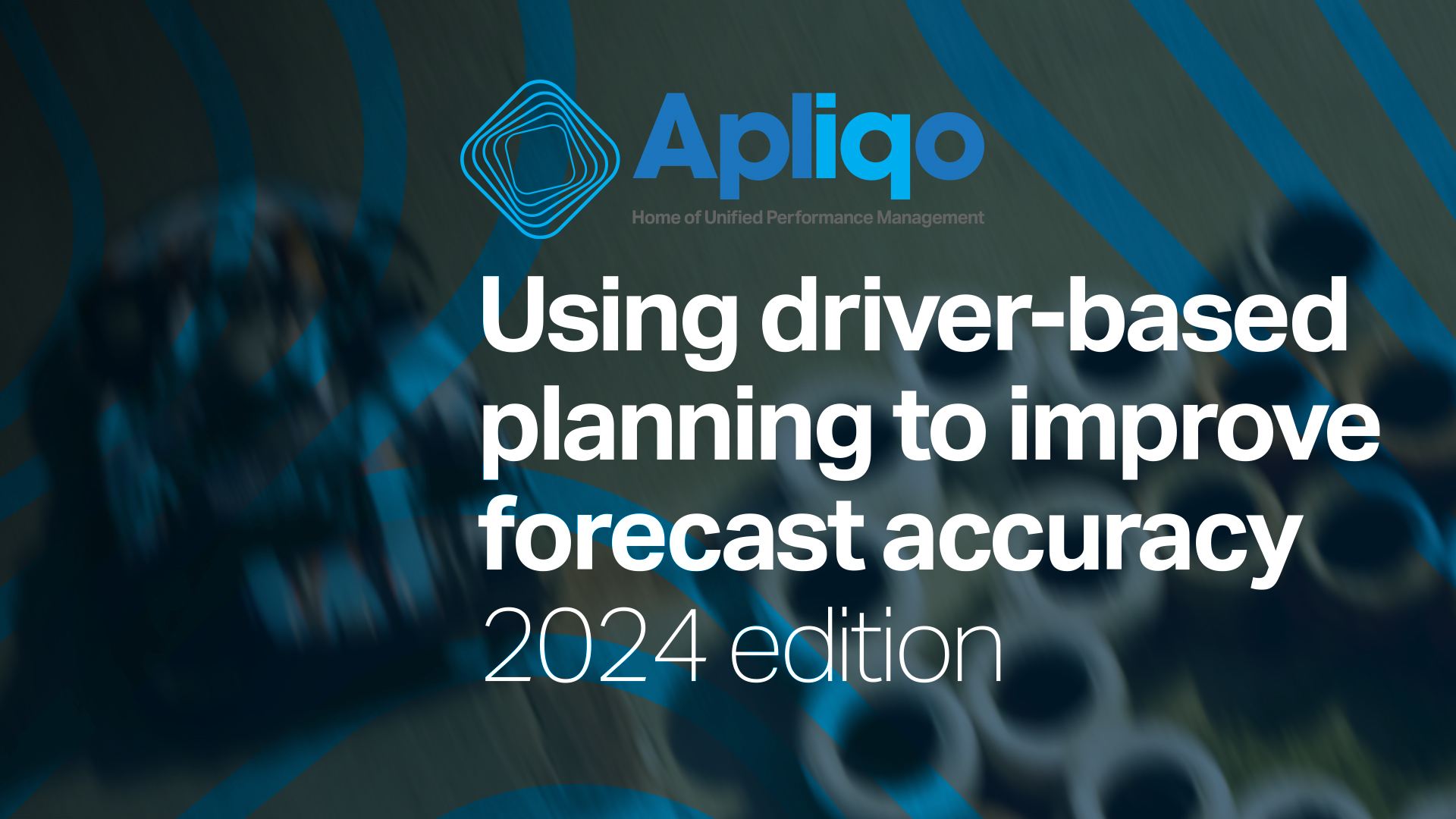If you tap into any current conversation about the global economy you’ll likely hear people talking about inflation. It’s the talk of the town – and for good reason. For decades, concerns about inflation were muted as we enjoyed one of the longest bull markets that we’ve seen in the modern era. But in 2022, it quickly became one of the most significant risks facing – as a result of the dramatic stimulus injected into local economies during the COVID-19 pandemic, continuing supply chain challenges, and a rapidly rising oil price.
Companies of all kinds are now scrambling to understand what it means for their business and how they can work through the challenges to maintain profitability, look after their customers, and hedge against the risk that longer-term inflation poses to their industry. It’s here that FP&A tools can prove so useful as a barometer for the current state of a company, and as a powerful asset for planning and forecasting things going forward.
Understanding your business and its complexity
Before rushing into any decisions, the first step should be to assess your current business and look for where inflation has a material impact on your operations and your offering to customers. A robust FP&A tool is the best way to do this because it can pull all of your data into one unified platform from which you can draw inferences that are accurate and backed by objective data.
Without such a process, you risk treating the symptoms of inflation and not the root cause. Companies are inherently complex and it’s often in the details where you’ll find the opportunities for meaningful change. By taking stock of your strategic goals, financial performance, and operational data – with an FP&A tool helping you to align them all – you give yourself the best possible chance of mitigating the inflationary risk and arriving at a viable solution.
Stress-testing your potential solutions
Once you have identified where you think inflation could play a role, you then want to evaluate the different action steps available to you. Do you need to adjust your product pricing? Should you de-emphasize a certain geographic region? Do you need to renegotiate with your suppliers? Do you need to make cuts to personnel? And so on…
This is truly where an FP&A tool comes into its own. When you use something like Apliqo, you can run a wide variety of nuanced scenarios to assess the impact of a potential decision across your organization. Because the data is dynamic and unified – you can see the wider consequences of something in a holistic way. This means that you don’t have to make decisions in silos, but rather you can act in a way that is carefully aligned to your strategic objectives and to the success of all your various divisions.
Financial planning comes alive when you use the right tool because it provides a sandbox for brainstorming and stress testing that can be accomplished before you make an irreversible decision. It’s the scout that you send out into the battleground to bring you the insights you need to make sharper and more precise decisions. Without it, you’re shooting in the dark and hoping for the best.
Apliqo is helping clients to work through inflationary challenges
Here at Apliqo, this is front of mind for most of our clients and it’s a conversation that we continue to have. If you’re worried about the impact of inflation on your company then maybe it’s time to try a suite of FP&A tools that can give you the insight and forecasting capabilities that you need to traverse these dangerous waters.
We’re in for one hell of a ride over the next year or two, but with the right tools behind you – at least you’ll know where you’re going.







